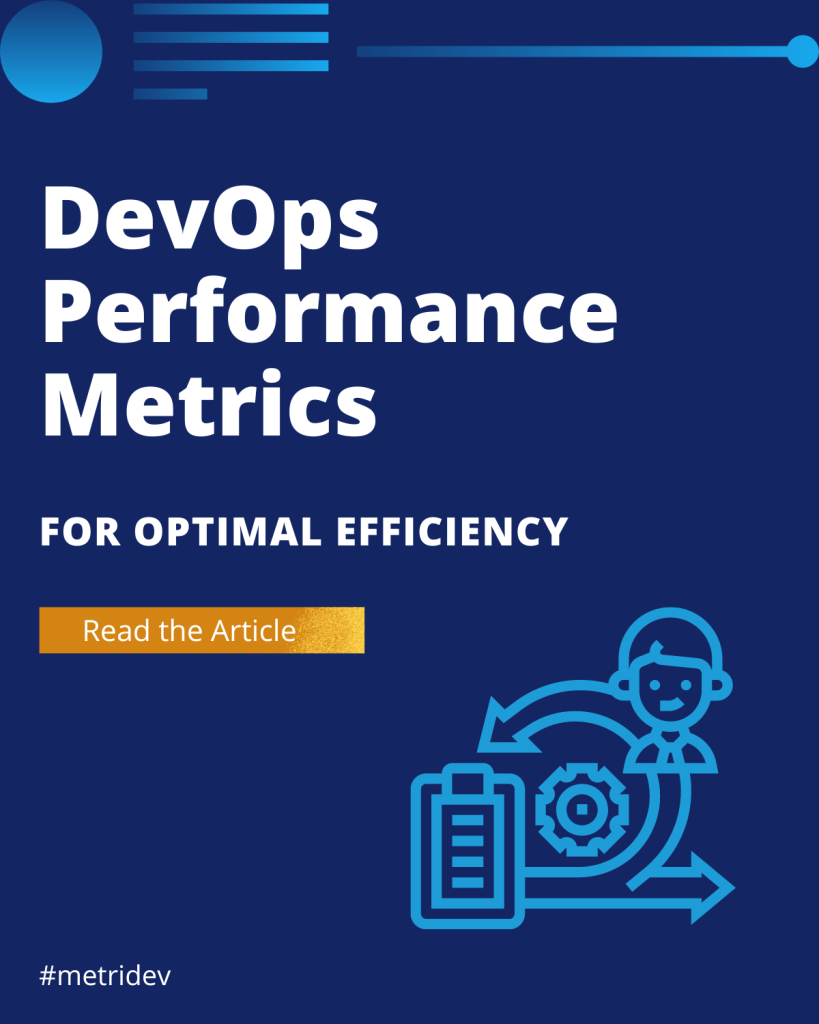Introduction
The success of any Scrum team lies in its ability to collaborate effectively and work towards a shared goal. One crucial element that can significantly contribute to this success is the Scrum team working agreement. This document serves as a guiding framework for the team, outlining the essential principles, protocols, and expectations that will shape their interactions and decision-making processes.
What is a Scrum team working agreement?
A Scrum team working agreement is a collaborative document that outlines the team’s shared understanding of how they will work together to achieve their goals. It is a living document that evolves as the team’s dynamics and needs change over time. This agreement helps to establish a common set of rules, norms, and expectations that all team members agree to uphold, fostering a cohesive and productive working environment.
Do all Scrum teams sign a work agreement?
While not a mandatory requirement, most successful Scrum teams choose to develop and sign a working agreement. This collective commitment helps to ensure that the team is aligned on their approach and that all members are held accountable for their contributions and behaviors.
Importance of a Scrum team working agreement
A well-defined Scrum team working agreement serves several critical purposes. Firstly, it establishes clarity and alignment among team members, delineating goals, roles, and responsibilities, thereby ensuring everyone is on the same page. Secondly, it fosters improved collaboration by setting the tone for communication, decision-making, and teamwork, leading to greater efficiency. Moreover, the agreement addresses potential conflicts proactively, providing a framework for resolution and addressing arising issues. Additionally, it instills a sense of accountability among team members. It holds them responsible for their actions and contributions, which enhances commitment to the team’s success. Lastly, the working agreement allows for adaptability by being regularly reviewed and updated to meet the team’s evolving needs, ensuring its continued relevance and effectiveness.
What is the difference between team charter and working agreement?
While a team charter and a working agreement share some similarities, they serve distinct purposes:
Team Charter:
- A team charter is a high-level document that outlines the team’s purpose, goals, and overall mission.
- It provides a clear and concise vision for the team’s work and helps to align team members towards a common objective.
- The team charter is typically developed during the team formation stage and may remain relatively static over time.
Working Agreement:
- A working agreement is a more detailed and operational document that outlines the team’s specific protocols, processes, and expectations for how they will work together.
- It is a living document that evolves as the team’s dynamics and needs change over time.
- The working agreement focuses on the day-to-day interactions and collaboration within the team, providing a framework for effective teamwork.
In summary, the team charter sets the strategic direction and purpose, while the working agreement establishes the practical guidelines and protocols for how the team will achieve their goals.

What is included in a team working agreement?
A Scrum team working agreement typically covers a range of key elements essential for the team’s success. Firstly, it outlines team roles and responsibilities, including those of the Scrum Master, Product Owner, and Developers. Secondly, it establishes communication protocols, defining the frequency of meetings, communication channels, and expectations for responsiveness. Furthermore, it emphasizes collaboration and teamwork, setting expectations for decision-making processes, conflict resolution, and shared accountability. Additionally, it delineates the approach to sprint planning, daily stand-ups, and sprint reviews, ensuring a consistent and efficient process. Moreover, it addresses decision-making and problem-solving procedures, including escalation protocols and conflict resolution strategies. Lastly, it incorporates mechanisms for continuous improvement, allowing the team to regularly review and refine the working agreement, fostering a culture of ongoing enhancement.
Defining team roles and responsibilities
A well-defined Scrum team working agreement should clearly outline the roles and responsibilities of each team member. This includes the Scrum Master, Product Owner, and Developers, as well as any other key stakeholders or contributors.
For example, the working agreement may specify:
- The Scrum Master’s responsibilities in facilitating the team’s Scrum events, removing impediments, and fostering a collaborative environment.
- The Product Owner’s role in defining the product vision, prioritizing the backlog, and representing the stakeholders’ interests.
- The Developers’ responsibilities in estimating, planning, and executing the work during each sprint.
By clearly defining these roles and responsibilities, the team can ensure that everyone understands their individual contributions and how they fit into the overall team dynamic.
Establishing communication protocols
Effective communication is essential for the success of any Scrum team. The working agreement should outline the team’s communication protocols, including:
- Frequency and format of team meetings (e.g., daily stand-ups, sprint planning, retrospectives)
- Communication channels (e.g., email, instant messaging, video conferencing)
- Expectations for responsiveness and availability
- Guidelines for providing and receiving feedback
- Protocols for escalating issues or concerns
By establishing these communication protocols upfront, the team can ensure that they keep everyone on the same page, and they share information efficiently and effectively.
Setting expectations for collaboration and teamwork
The Scrum team working agreement should also define the team’s expectations for collaboration and teamwork. This may include:
- Decision-making processes (e.g., consensus, majority vote, escalation procedures)
- Conflict resolution strategies (e.g., open communication, mediation, facilitation)
- Shared accountability and collective ownership of the team’s work
- Commitment to continuous improvement and learning
By setting these expectations, the team can foster a sense of shared responsibility and promote a collaborative work environment that enables them to achieve their goals.
Creating guidelines for decision-making and problem-solving
The working agreement should also include guidelines for how the team will make decisions and solve problems. This may involve:
- Outlining the decision-making process (e.g., who has the final say, how consensus is reached)
- Establishing a problem-solving framework (e.g., root cause analysis, brainstorming, experimentation)
- Defining escalation procedures for issues that cannot be resolved at the team level
- Incorporating mechanisms for team members to provide input and feedback on decisions
With a clear decision-making and problem-solving process, the team can ensure that they address issues efficiently and effectively, and that all team members have a voice in the process.
Defining the sprint planning and review process
The Scrum team working agreement should also outline the team’s approach to sprint planning and review. This may include:
- Frequency and duration of sprint planning and review meetings
- Roles and responsibilities of team members during these events
- Expectations for preparation, participation, and follow-up
- Guidelines for backlog grooming, story estimation, and sprint commitment
- Mechanisms for reviewing and adapting the team’s sprint process
By defining the sprint planning and review process, the team can ensure that they align on their goals and priorities, and continuously improve their Scrum practices.
Addressing conflict resolution and accountability
The working agreement should also address how the team will handle conflicts and ensure accountability. This may involve:
- Establishing a conflict resolution process (e.g., open communication, mediation, facilitation)
- Defining consequences for breaches of the working agreement
- Incorporating mechanisms for team members to provide feedback and address concerns
- Outlining the team’s approach to addressing underperformance or non-compliance
By addressing conflict resolution and accountability upfront, the team can create a more harmonious and productive work environment, where they hold everyone accountable for their actions and contributions.
Implementing and revisiting the Scrum team working agreement
Once the Scrum team working agreement has been developed, it is important to ensure that it is properly implemented and regularly revisited. This may involve:
- Communicating the working agreement to the entire team and ensuring that everyone understands and agrees to it
- Incorporating the working agreement into the team’s onboarding process for new members
- Regularly reviewing and updating the working agreement to adapt to the team’s evolving needs and challenges
- Incorporating the working agreement into the team’s retrospective process, allowing for continuous improvement and refinement
By consistently implementing and revisiting the working agreement, the team can ensure that it remains relevant and effective, and that it continues to support their collaborative efforts and overall success.
What is an example of a working agreement for a team?
Here is an example of a Scrum team working agreement:
| Element | Description |
| Team Roles and Responsibilities | Scrum Master: Facilitate Scrum events, remove impediments, and foster a collaborative environment.Product Owner: Define the product vision, prioritize the backlog, and represent stakeholder interests.Developers: Estimate, plan, and execute the work during each sprint. |
| Communication Protocols | Daily stand-up meetings at 9 AM, lasting no more than 15 minutes.Sprint planning and review meetings scheduled at the beginning and end of each sprint.Slack for instant messaging and team updates, with an expectation of responding within 2 hours during business hours.Email for formal communication and documentation, with a 24-hour response time expectation. |
| Collaboration and Teamwork | Decisions will be made by consensus, with the Scrum Master facilitating the process.Team members will actively participate in discussions and provide constructive feedback.The team will hold each other accountable for their commitments and contributions. |
| Sprint Planning and Review | Sprint planning will be held on the first day of each sprint, with the entire team participating.Sprint reviews will be conducted on the last day of each sprint, with stakeholders invited to attend.The team will review and update the sprint backlog during the daily stand-ups. |
| Decision-Making and Problem-Solving | The team will use a problem-solving framework (e.g., root cause analysis, brainstorming) to address issues.If a decision cannot be reached at the team level, the Scrum Master will escalate the issue to the Product Owner or management.The team will regularly review and refine their decision-making and problem-solving processes. |
| Conflict Resolution and Accountability | The team will address conflicts openly and respectfully, using facilitation or mediation if necessary.Team members who repeatedly fail to uphold the working agreement will face consequences, including potential removal from the team.The team will review the working agreement during their retrospective meetings and make updates as needed. |
Benefits of a well-defined working agreement
A well-defined Scrum team working agreement offers a multitude of benefits crucial for team success. Firstly, it enhances collaboration by establishing a shared understanding of how the team will operate. As a result, it fosters a more cohesive and productive work environment. Secondly, it increases accountability by clearly defining roles, responsibilities, and expectations, holding team members responsible for their contributions and behaviors. Thirdly, it promotes efficient decision-making by outlining processes that enable the team to address issues promptly and make decisions effectively. Additionally, it contributes to conflict reduction by preemptively addressing potential sources of conflict and providing a framework for resolution. Furthermore, its adaptability and commitment to continuous improvement allow the team to refine their practices and adapt to evolving needs effectively. Lastly, it facilitates smoother onboarding for new team members by serving as a comprehensive guide to understanding the team’s protocols and expectations from the outset.
Conclusion
A well-crafted Scrum team working agreement is a powerful tool that can significantly contribute to the success of any Agile team. By defining the team’s roles, communication protocols, collaboration expectations, and decision-making processes, the working agreement provides a solid foundation for effective teamwork and continuous improvement.
To learn more about creating a successful team working agreement, read our article Kanban Metrics for Efficient Workflow Management and take your team’s performance to the next level.









Leave a Reply